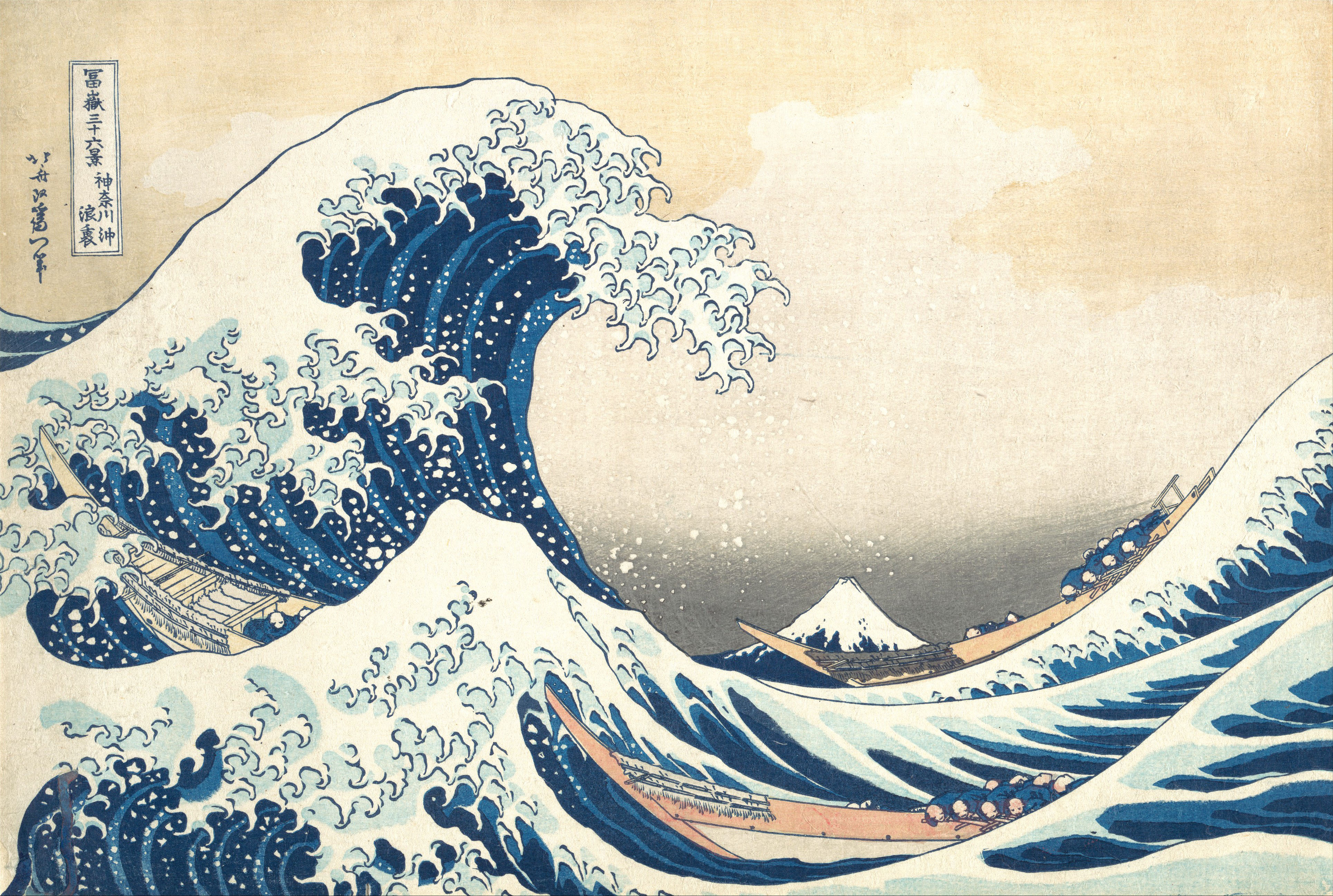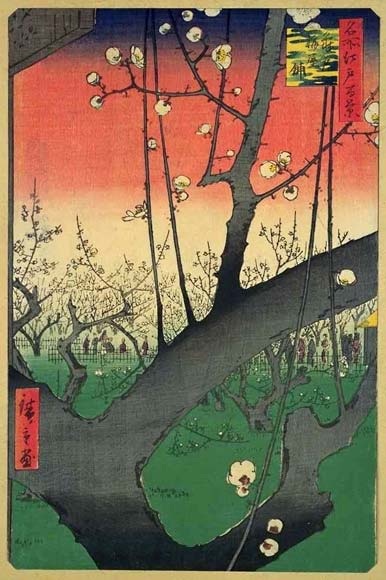This website uses cookies to ensure you get the best experience on our website.
When in 1853, the Commander in charge of the US fleet Matthew Perry arrived to Edo Bay, Japan, he didn’t know that his arrival would be not only important for the history of both countries, but also momentous for Western Art. Alighted in Edo to negotiate a delicate commercial trade with the Japanese government, he soon found himself to wander around the street of the city - that today we call Tokyo - where street markets sold several exemplars of colorful and stylized prints, quite unusual for those Western visitors, whose eyes in those years were used to the life-like details of chromolithography. In a boost of cultural shopping, Perry then returned home carrying back many of those work of arts, which amazed the US public and critics. Not longer after, educated Europeans, in a deviation from the Grand Tour, followed his path and went to Edo Bay to admire and purchase those prints. Not even 10 years later, Sir Rutherford Alcock exposed some of those prints at the 1862 London International Exhibition, where a Japanese section was created -filled with the exoticism that the XIX century bourgeoisie liked so much. The success of the Japanese print making, and of its most famous exponent, Hokusai, was declared.

The technique behind it
The same features of those prints which stunned Perry and his contemporaries are the ones which don’t stop to amaze us today: strong colors, large painted areas, audacious and complex chromatic combinations. But how were those prints made? With wood. The technique of woodblock printing (moku-hanga), was invented in China and made its way to Japan as early as the 8th Century, becoming popular during the Edo period, in the XVII and XIX century.
The technique consisted in drawing the image on a sheet of thin paper, which was then glued to the wood block, usually of cherry. The wood was then incised replicating the drawing outlines, then inked and finally firmly pressed on the paper, using a hand-held tool called baren.

Hokusai and other masters
When Perry arrived to Japan, the woodblock printing was at its peak, and with it, the artistic wave that contributed to make it popular, the Ukiyo-e. Indeed, when we think of traditional Japanese print art today, we generally think of the Ukiyo-e, and of its most well known master, Katsushika Hokusai. Born in Edo from a mirror-maker, he soon started using woodblock printing for representing landscapes. Mixing the mastery of technique with a careful, modern sense of self-marketing, he collaborated with the popular novelist Takizawa Bakin on a series of illustrated books, and was said to carefully choose the blockcutters in charge of carving the wood to print its work. It was in its later life that he produced the Great wave off Kanagawa and the One Hundred Views of Mount Fuji, his two most iconic works. Of the Great Wave off Kanagawa, around 5000 copies were printed: some are conserved and displayed at the Metropolitan Museum of Art in New York City, the British Museum in London, the Art Institute of Chicago, the Los Angeles County Museum of Art, the National Gallery of Victoria in Melbourne and in Claude Monet's house in Giverny, France. Curiously enough, given that the woodblock they were printed from deteriorated after so many impressions, all the prints differ in some detail and in the strength of the colors.
But Hokusai was not the only master: we are equally familiar with the work of Utagawa Hiroshige, who, as Hokusai, focused on nature, and influenced many Western artists: Vincent Van Gogh studied and painted copies of Hiroshige prints, fascinated by its colors.

The legacy
Japanese print making proved to be an immense source of inspiration to Western art. So prepotently, that it was given a name: Japonism. Van Gogh paid homage to Hiroshige by featuring him in one of its self portraits; Henry de Toulouse-Lautrec was inspired by woodblock printing for its colorful printed ads and incorporated several elements of the kabuki theatre in its painting. Edgar Degas was a renowned japanese prints collector and together with Edouard Manet also a strong admirer of the woodblock printing art. But, the legacy continued even later: how to deny japanese influence on Art Nouveau or on the powerful and bizarre prints of the English artist Aubrey Beardsley?
Wood can deteriorate after multiple prints and the heydays of Ukiyo-e are over: but the influence of japanese print making did not fade away.